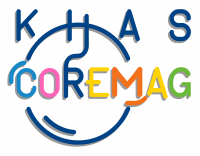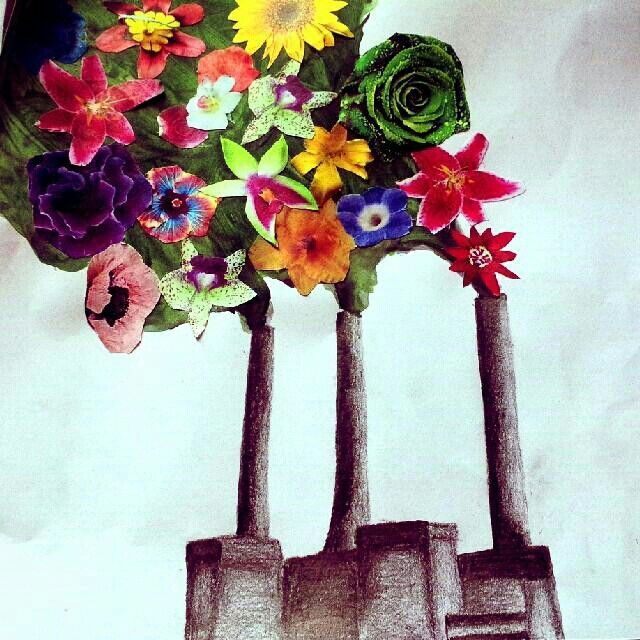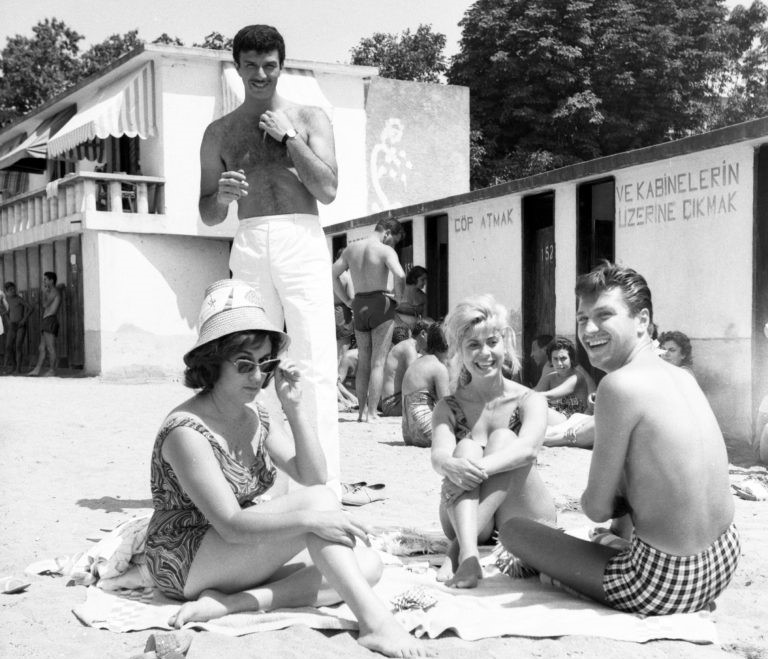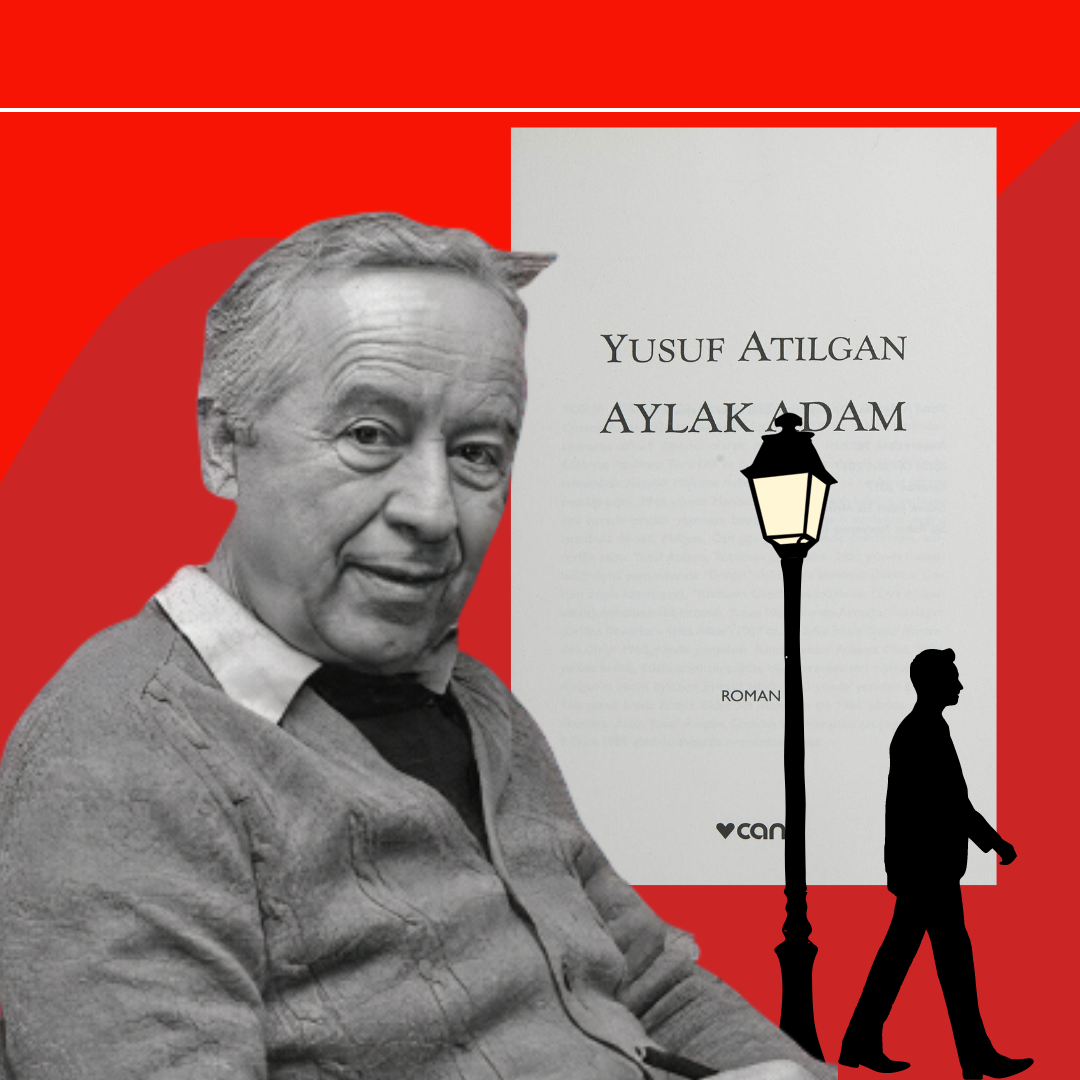Lesbian National Parks and Services is the performative art project of Shawna Dempsey and Lorri Millan who are also known as the Lesbian Rangers. In LNPS (Lesbian National Parks and Services), they created an alternative reality where lesbianism is the core of nature. Their project consisted of them acting like official park rangers on duty for a while and they created brochures, handbooks, and postcards that included information about this alternative reality. In their handbook, they state that LNPS was founded in 1997 to educate people about the fascinating and delicate lesbian ecology. This project concerns several concepts from our course. Therefore, I will focus on intersectionality, environmental heterosexism, and ecofeminism ethics. Since this is an art project and is open to interpretation, I will make comments based on the project itself by referring to several articles concerning it.
Firstly, Giovanna Di Chiro explains intersectionality in “Welcome to the White (M)Anthropocene?: A feminist-environmentalist critique” as the “critical focus” of the interconnected institutional, cultural, and ideological systems of gender, color, class, sexual orientation, ability, age, and other categories of diversity to understand how power structures and relationships are structured (pp. 495-496). Intersectionality can enable privileges or disadvantages to take place. Certain individuals can have privileges on certain grounds, but it does not change the fact that they might be a victim of oppression in another social sphere. As an example of intersectionality, we can think of how a white lesbian woman’s experience will differ from a black straight man on political grounds vs. in the household. Looking through an intersectional lens helps us to stand on an unbiased ground to recognize all kinds of oppression. It also plays an important part in recognizing the invisible links that bound the oppressive structures and how they work together to shape an individual’s experiences.
LNPS portrays different identities through its creators, participants, and aims. In the article “The Lesbian National Parks and Services: Reading Sex, Race and the Nation in Artistic Performance,” Margot Francis touches upon the concept of intersectionality by questioning the conditions leading to the project’s success. Francis claims that being white provided Lesbian Rangers with the credibility they need to go undercover as park rangers and to perform without hiding their queer identity. Francis also states that being based on unstable qualities; identities are susceptible to reprogramming. Hence LNPS unveiled the fact that “social scripts”—which determine who will be adored, despised, and revered—can be simply rewritten (p. 134). Aside from this, in “Green, Pink, and Lavender: Banishing Ecophobia through Queer Ecologies” Greta Gaard argues that progressive political groups that do not consider the intersections of oppression lose political influence, and the activists feel obligated to prioritize one identity over another. She considers Lesbian Rangers as one of the groups that advocate eco-queer theories while providing a ground where one will not have to decide between their characteristics.
Secondly, Greta Gaard gives Hurricane Katrina as an example of environmental heterosexism in “Feminism and Environmental Justice.” She argues that the media’s exclusion of LGBTQ individuals during Hurricane Katrina, which struck only days before New Orleans’ yearly queer festival, is evidence of “climate change homophobia” (p. 84). Gaard also argues that cultural misogyny is at the basis of homophobia, and the emancipation of women, people of color, and queers are inexorably linked. Therefore, environmentalist heterosexism can be understood as the intersections between the relationship of discrimination of sexualities other than heterosexuality and environmental problems. Using this term as an umbrella, I will also discuss heterocentrism and its effects on how we perceive nature. Heterocentrism is a form of discrimination that defines heterosexuality as the norm. It can intervene with environmental policies which can result in policies that are not responsive and sufficient for LGBTQ+ people.
In her article titled “Lesbian Rangers on a Queer Frontier,” Jennifer MacLatchy supports that nature does not embody sexuality by interpreting the project of Lesbian Rangers. She states that creatures that form nature do not embody lesbianism as in stated in LNPS. However, they do not portray heterosexuality either. MacLatchy then explains our current narrative is heteronormative by proposing the example of adoration of the heterosexual and monogamous mating habits of some geese in the article titled “The Miracle of the Geese: A Bizarre Sexual Strategy among Steadfast Birds.” MacLatchy defines this manner as “selective observation.” Supporting this, Greg Garrard presents four exhibits to show the queer side of nature in his article “How Queer is Green?” The exhibits include the bluegill sunfish, rocky mountain sheep, and Human Endogenous Retrovirus 3 which defy the heteronormative narrative of nature. Considering these examples, it is apparent that nature is flexible, diverse, and ever-changing, unlike the current heterocentric narrative of nature.
Lastly, in “Ecofeminism,” Carolyn Merchant argues that numerous ecofeminists support an environmental ethic that focuses on the connection between women’s and nature’s oppression. They do this by observing women’s culturally assigned roles of caring and nurturing. An ecofeminist ethic is a critique of patriarchal structures that affect women and nature. It is also an effort to formulate an ethic devoid of the bias of the male gender. In addition to recognizing the various voices of women who are situated differently due to factors like race, class, age, and ethnicity, it also centers the voices of marginalized groups.
As stated in the introduction, LNPS was founded in 1997 which was a period when women were not accepted in the park ranger community. At that time, National Parks was a framework that enabled the domination of men over nature (Kaufman, 1996, as cited in Bialeschkj, 2017). Despite being extremely masculine and straight-presenting, park rangers were the best choice for Lesbian Rangers to show the dynamics of male hegemony over nature since Dempsey and Millan’s identities (women and queer) contradicted this sector’s values. Moreover, they “decenter” the center of nature in their project so that nature is not under straight male hegemony (MacLatchy, 2015). Even though they did not state they were ecofeminists, their performance can be interpreted as the manifestation of ecofeminist ethics.
To conclude, Lesbian National Parks and Services is an unusual performative art project that makes us form several questions about the narrative of nature we are used to. I focused on three key points from our course which are intersectionality, environmental heterosexism, and ecofeminism ethics. Primarily, I focused on intersectionality as the way Lesbian Rangers’ identities intersected while performing this project. I used Margot Francis’ and Greta Gaard’s articles to support my claim. To continue, I discussed environmental heterosexism and heterocentrism by referencing the works of MacLatchy and Garrard. In that section, I criticized the “selective observation” in biology and presented naturally queer fauna. Finally, I explored LNPS through the framework of ecofeminism ethics. I referenced several ideas from Kaufman’s, Bialeschkj’s, and MacLatchy’s works to make my claim. I discussed the link between the park rangers’ domination over nature and the patriarchy women experience in their lives. In the end, LNPS is a work that is open to interpretation, and I used the power of this to explore different ideologies and concepts.







